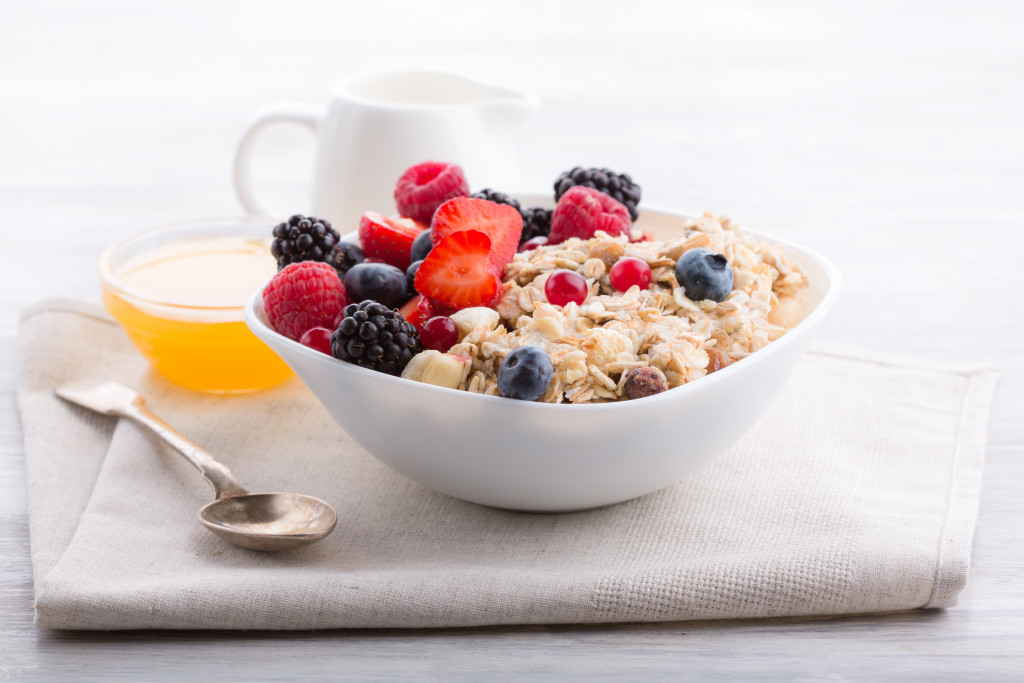Covid-19 remains a large threat to our health and safety. Despite the efforts of vaccination rollout programs and economic progress, the year 2021 will give last year a run for its money with food inflation fears plaguing every family across the world. And considering that most of the global supply chains have yet to experience any significant recovery from the initial outbreak of the pandemic, it appears we are going nowhere fast at this rate and must brace for more economic uncertainty.
However, regardless of the emerging challenges present in the market, we firmly believe that families must not falter and should put family health as their top priority amidst rising grocery bills. And so, today, we will be reviewing the context behind food price inflation, making sense of the factors pushing it forward, and how families can pivot their meal plans to remain healthy during these trying times.
What’s Driving Food Price Inflation?
We can all undeniably pinpoint that the global pandemic was the catalyst that sent every market into disarray. Still, there are specific developments, or in this case, mishaps, that drove food price inflation to unbelievable highs. Namely, (1) soaring demand for food, (2) spike in fuel prices, (3) increased agricultural imports by China, and (4) a broken supply chain are all the factors to blame for everybody’s hefty grocery bills.
- Soaring Demand During Global Food Shortage: Food is a basic necessity. Due to the impact of the global pandemic, demand continues to rise as the world tirelessly tries to recover. However, the fact that we’re in the middle of a global food shortage puts an extra strain that magnifies demand, forcing the prices to skyrocket to new highs.
- Fuel Prices Continue To Spike: Global trade is the life support of food getting to and from destinations, but the recent spike in fuel prices has made it increasingly more expensive for exports and imports. And because industries are partaking in more transit expenses, food prices also increase in proportion.
- Increased Imports By China: China is growing in all aspects, and, despite the negative impacts of the pandemic, it has found ways to maintain growth. However, with all this fast-paced change, they’ve run into issues with food supply, and their increased imports from the US have burdened our country’s food prices as well.
- A Broken Supply Chain: Supply chains remain largely disrupted by Covid-19; with meatpacking plants operating at less-optimal capacity and logistical issues among the many constant concerns, many sectors require immediate solutions. And until these supply chains see any proper improvement, basic necessities will continue to hike in prices throughout this year.

How Can Families Pivot And Adapt Their Meals?
Lucky for us, there are many ways families can pivot and adapt their meals to suit the economic landscape, and while it may take some getting used to, we can guarantee that your family’s health remains uncompromised. Of course, we don’t expect all of this advice to be followed to a fault, so feel free to choose and tailor them how you see fit.
#1 Less Meat And More Greens!
Meat experienced some of the more outrageous price increases, so if you could afford to work on a diet of less meat and more greens, you would essentially be free of the issue altogether. Plus, adding more fruits and veggies to your meals is good for you as well, ensuring that you meet your daily requirements and even helping your kids score extra points on their next trip to the family dentist.
#2 Stockpile Your Staples In Bulk
The principle of stockpiling and filling your pantry still stands today, and, in fact, it’s becoming increasingly important that you purchase your staples in bulk to get yourself those extra discounts. Sure, online grocery shopping has grown in recent months, and it’s made buying food a lot easier, but try not to frequent too many orders because you can rack up quite the delivery fees over time. So, stock up on your rice, pasta, and other non-perishable food items.
#3 Minimize Food Waste, Maximize Leftovers
Many households end up throwing leftovers and turning them into unnecessary food waste when there’s so much you can do with them. So, instead of just putting them aside and into the bin, we recommend maximizing your leftovers by preparing a whole new meal. With recipes like frittatas, stir fry, and an assortment of bread pudding, you’ll find no end to the amount of creativity and save a lot more on your grocery budget.
Don’t Let Prices Get In The Way Of Family Health
In conclusion, while the food price inflation fears are making it more difficult for families to manage their grocery bills, it shouldn’t come at the expense of family health. So take all the advice we’ve laid out into account and don’t let the economic landscape get in the way of healthy eating.
